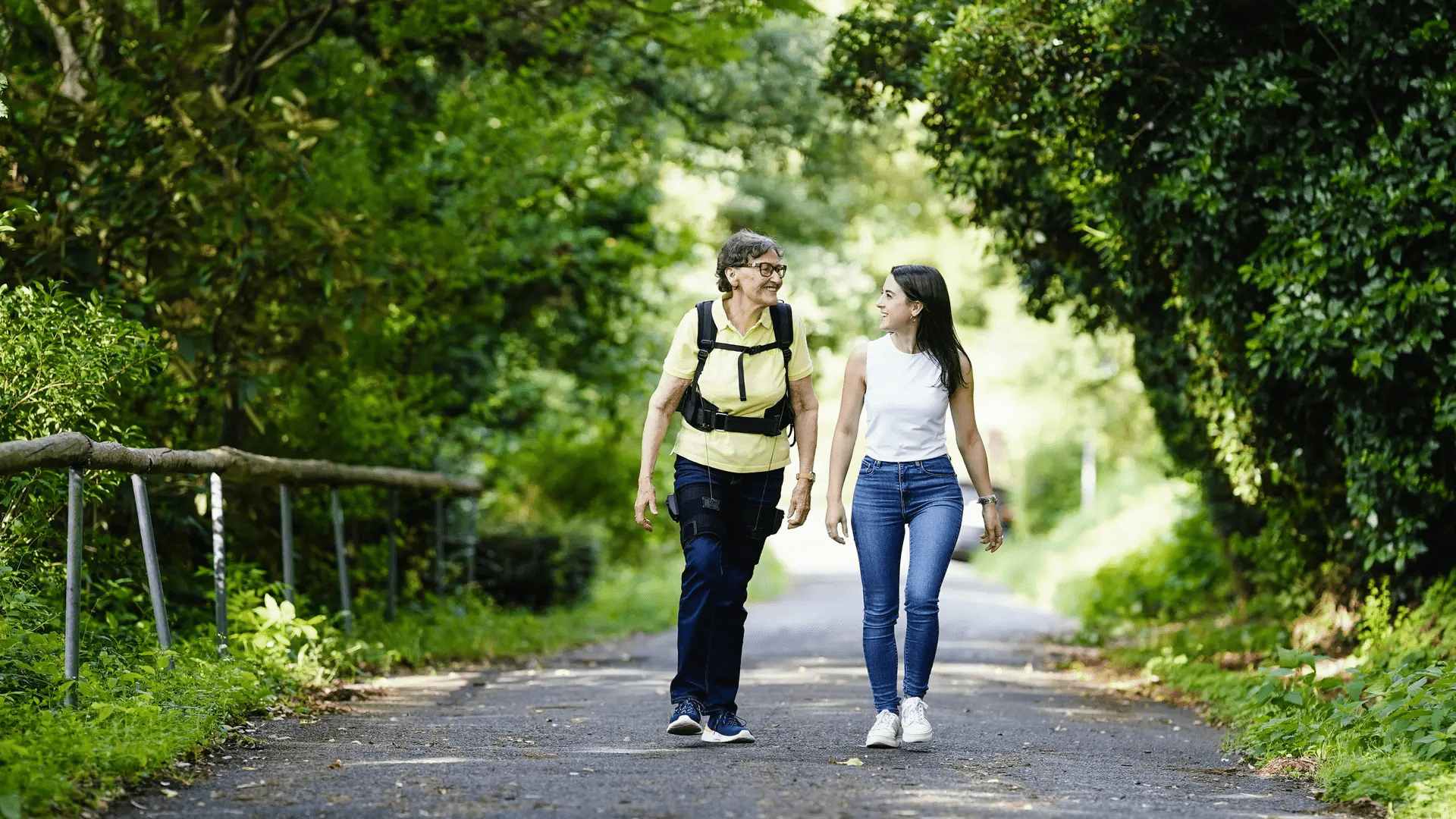Hiking, similarly to forest bathing, is one of the most amazing ways to both exercise and enjoy the power and beauty of nature. However, whether you’re in an area where it snows practically every day or a region where the temperature significantly drops with the occasional snowfall, cold weather can severely affect both our ability and (quite frankly) motivation to hike. Hiking in the cold definitely takes more preparation, but if you follow these tips, there’s snow way you won’t have a blast.

Clothing
It’s crucial to layer when going out hiking in the snow or in colder temperatures. It’s recommended to use a three-part layering system. The first layer is meant to wick away perspiration from your skin, the mid-layer is to insulate you from the cold, and the outer layer is meant to keep the wind and moisture out. This way, you have the ability to add or remove layers throughout the day as the outdoor temperature rises and falls.
Stay away from fabrics like cotton because when it gets wet (which it most likely will) it takes a long time to dry, leaving you feeling damp and cold. Avoid any tight clothing as well, which can cut off your circulation and increase your chance of frostbite.

Gear
It’s important to make sure all your areas are covered such as hands, ears, head, neck, etc. For your hands, try wearing lightweight fleece gloves under a waterproof pair of thicker mittens or gloves. Make sure you have a pair of synthetic or wool socks for the occasion as well and pack an extra pair because it’s important that feet remain dry.
Make sure to put on sunscreen and wear either sunglasses or goggles to protect your eyes. You’d be surprised how bright and sunny it can get in the afternoons on cold snowy days. It’s also important to carry a map and compass or GPS—don’t just rely on your phone because it’s very possible that you’ll lose cell reception at some point along the hike. In addition, it can be helpful to bring along a knife or multi-tool and shelter just in case.
Food & Hydration
Fun fact: exercising in the winter burns more calories than in warmer weather. This makes it absolutely essential to pack plenty of food and water on a hike. Firstly, bring along plenty of water and make sure the water doesn’t freeze by either carrying it close to the body, mixing it with a sports drink, or putting your bottle inside a wool sock. It can be easy to forget to drink water in the cold weather, but your body is still sweating and working under all the layers, and getting dehydrated can happen. In addition, also make sure to bring along a warm drink and keep it in a thermos so it stays hot.
Try to make both your snacks and water easily accessible so you can continue to eat little bits throughout the day. Foods such as candy bars, chocolate, nuts, and cheese are less likely to freeze in the cold weather. If you’d like to bring certain foods that are more likely to freeze, store them close to your body as well.

Structure & Safety
It’s important to keep in mind that daylight hours are shorter in the winter and that winter hiking takes longer than summer hiking on average. This is because you tend to move slower and encounter more obstacles. Snow can hide trail markers and reduce visibility when it’s a particularly windy day. We recommend trying to hike earlier in the day to give yourself more time to get through the trail. But take a headlamp just in case it ends up getting dark.
Make sure to check the snow conditions before you leave the house and use your best judgment (IE if there’s a blizzard maybe don’t go hiking that day? Just a thought). Make sure you always bring others along because the buddy system is always best. In addition to this precaution, tell someone who isn’t going with you that day where you’ll be going, when to expect you back, etc. Bring a means to start an emergency fire, whistle, and first aid kit as well just in case anyone in the group is injured. In all likelihood, you won’t need to use most of the safety supplies you bring, but the last thing we want is for your gorgeous scenic winter hike to turn into something out of Vertical Limit.






